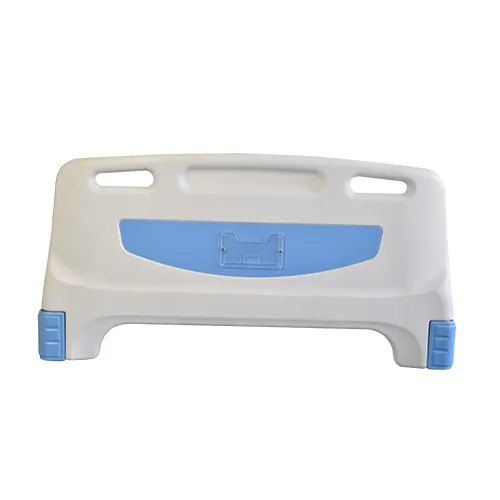Welcome to our websites!
hospital wheelchair
The Importance of Wheelchairs in Hospitals
In modern healthcare, mobility plays a critical role in patient recovery and well-being. Among the various aids designed to enhance patient mobility, the wheelchair stands out as a vital tool in hospitals. The hospital wheelchair is not merely a means of transport; it is an essential device that facilitates patient care, promotes independence, and contributes to overall healing. This article explores the significance of hospital wheelchairs, their features, and their impact on patient experience.
Enhancing Patient Mobility
Hospitals are bustling environments where patients often need to move from one department to another, whether for diagnostic tests, consultations, or therapy sessions. Wheelchairs provide a solution for those who have limited mobility due to their medical conditions. For many patients, especially the elderly or those recovering from surgery, walking can be challenging or even painful. Hospital wheelchairs allow these patients to navigate their hospital environment with ease, ensuring they can receive necessary care without undue strain.
Promoting Independence and Dignity
A wheelchair can significantly affect a patient’s sense of autonomy. Many patients, particularly those facing long-term health issues, may struggle with feelings of helplessness. Using a wheelchair can help restore a sense of control over their circumstances. This regained independence can have psychological benefits, as patients feel more empowered to participate in their care and rehabilitation efforts.
Moreover, hospital wheelchairs are designed to prioritize patient comfort and dignity. Many modern wheelchairs are adjustable and allow for various seating positions, which can be particularly important for patients with specific medical needs. The right wheelchair can enhance comfort, reducing the risk of pressure sores and other complications during recovery.
Features of Hospital Wheelchairs
hospital wheelchair

The design of hospital wheelchairs has evolved significantly over the years to meet the needs of diverse patient populations. Modern wheelchairs often come equipped with numerous features that enhance safety and usability. For instance, many models include adjustable armrests and footrests, which cater to individual patient requirements. Safety is also a primary concern; thus, many wheelchairs incorporate features like anti-tippers to prevent falls and easy-to-use brakes for secure stops.
Additionally, some hospital wheelchairs are designed with lightweight materials, making them easier to maneuver. This is especially beneficial in busy hospital settings where staff must quickly and efficiently transport patients. Other advancements include wheelchairs with specialized seating systems, which can aid in posture control and pressure distribution for patients with severe disabilities.
The Role of Technology
With advancements in technology, hospital wheelchairs are becoming increasingly sophisticated. Electric wheelchairs and mobility scooters are gaining popularity, allowing patients with reduced upper body strength to navigate their surroundings independently. These powered devices can often be controlled through simple joystick movements or even voice commands, representing a significant leap in accessibility.
Telehealth options have also influenced wheelchair usage in hospitals. Remote patient monitoring can provide healthcare providers insights into patients’ mobility levels and needs, ensuring that wheelchair supports are appropriately adjusted to reflect their condition and progress throughout recovery.
Conclusion
In summary, hospital wheelchairs are invaluable tools that significantly enhance patient mobility, promote independence, and improve overall care quality in medical settings. As healthcare continues to evolve, it is crucial that hospitals invest in modern, adaptive equipment that meets the diverse needs of their patients. The importance of a wheelchair goes beyond its functional use; it embodies respect for patient dignity and individual needs, playing a vital role in the therapeutic process. By acknowledging and addressing these aspects, healthcare providers can ensure a more compassionate, efficient, and effective patient care experience, ultimately leading to improved health outcomes. As we look to the future, ongoing innovation and awareness in wheelchair design and usage will remain essential in supporting the mobility and well-being of patients in healthcare environments.
-
Transforming Healthcare with Hospital FurnitureNewsJun.24,2025
-
Rehabilitation EquipmentNewsJun.24,2025
-
Mobility and Independence with WheelchairsNewsJun.24,2025
-
Freedom of Mobility with Our Rollator WalkersNewsJun.24,2025
-
Comfort and Independence with Commode ChairsNewsJun.24,2025
-
Bathing Safety and Independence with Shower ChairsNewsJun.24,2025
-
Navigating the Wholesale Landscape of Electric Mobility Solutions: Key Considerations for Power Wheelchair DealersNewsJun.10,2025











